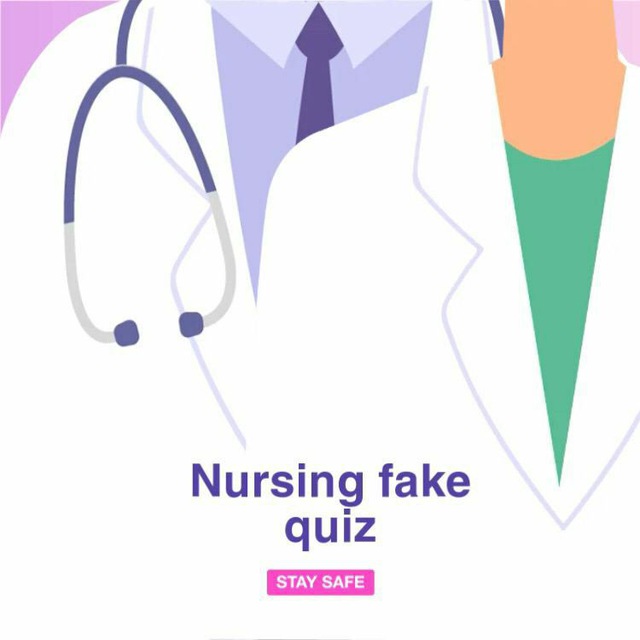#Acute pulmonary edema
Definition of disease (what is the problem?)
Weakening and failure of heart blood pump power in patients with left heart failure, acute myocardial infarction, severe heart failure; And also in the overload of circulating fluids, we see the accumulation of fluids in the lungs, which is referred to as pulmonary edema. The patient will experience hypoxia, hypoxia is insufficient oxygen supply to tissues that occurs due to decreased blood oxygen. There are several noncardiac problems that may lead to pulmonary embolism and pulmonary edema.
ura diagnostic signs and symptoms
Difficulty breathing even in a sitting position (as a result of fluid accumulation in the lungs)
Rapid breathing – usually more than 20 breaths per minute (tachypnea), the body’s effort to deliver more oxygen causes tachypnea.
Foamy sputum with blood veins due to increased capillary permeability
cyanosis
Cold and moist skin – because the body diverts blood flow to the peripheral vessels
Restlessness and fear due to lack of oxygenation
Dilation of the jugular vein due to increased intrathoracic pressure
A rattling sound, wheezing in the lungs, caused by the movement of air through the liquid
Treatment (Medical Interventions).
Administration of supplemental oxygen – to increase arterial oxygen pressure. Mechanical ventilation may be necessary
Administration of fast-acting diuretics – elimination of excess fluids (forzemide, bumetanide, miolazone)
Administration of nitrates to reduce blood pressure, reduce left ventricular filling pressure (isosorbide dinitrate)
Nursing diagnoses
Gas exchange disorder
anxiety
Increased fluid volume
Nursing Interventions
The patient should be placed in the high fowler position, to facilitate gas exchange and diaphragmatic movements, sitting by the side of the bed while the legs are dangling helps to improve the patient’s breathing condition.
Cardiovascular function monitoring in terms of changes in heart sounds, presence of extra sounds, murmur
If BUN and creatinine increase, the patient should be reported.
» If symptoms of fluid overload occur, inform the nurse or doctor: weight gain, shortness of breath, fatigue, chest pain.
» In case of shortness of breath and breathing problems, go to the emergency room.
» Reduce the amount of sodium consumed in your diet.
» Keep your head up while sleeping. Raise the head of your bed with three pillows or two blocks.
#breathing
@NursingFakeQuiz
